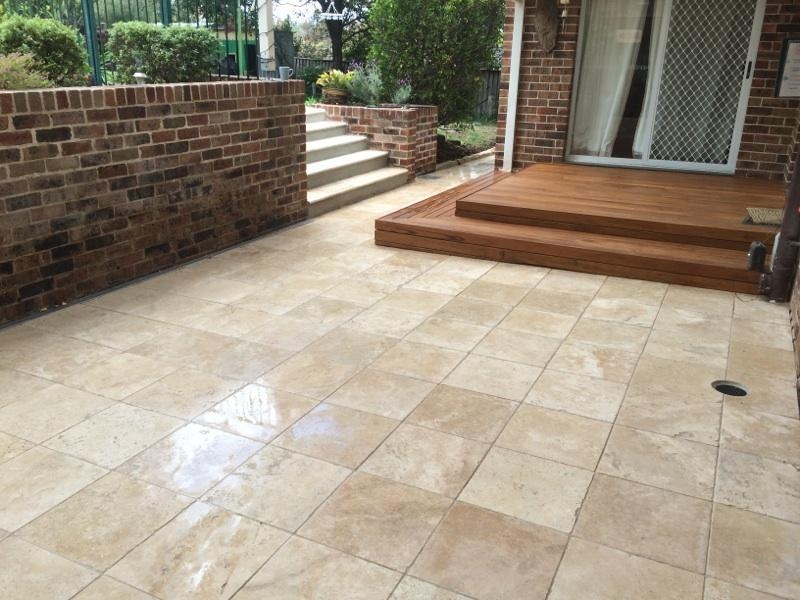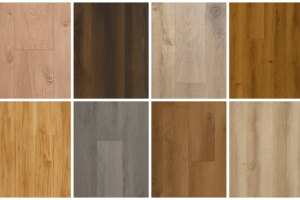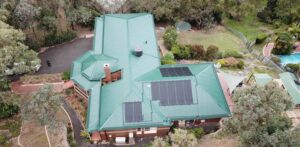
PC-naturalstoneus
Travertine pavers offer the best blend of beauty, durability, and practical usage over the years without compromising on style. These pavers are a timeless choice for outdoor spaces like patios, pool decks, and driveways while also remaining practical for long-term use. In this guide, we’ll go through together the processes to maintain your pavers so that they are looking great for years to come.
Why Choose Travertine Pavers?
Because of their unique sedimentation around mineral springs, Travertine Pavers have high endurance and are incredibly aesthetic at the same time. That combination is what makes them a prized possession of many homeowners. Here’s the list of reasons why they are on the top of the list for many homeowners:
Aesthetic Appeal: Due to the natural texturizing and warm colour variations, Travertine offers a very luxurious feel.
Durability: With the proper maintenance, Travertine can last a hundred years and due to being resistant to weather conditions and extreme temperatures, it makes this limestone even more effective.
Slip resistance: Travertine has porus structuring, this allows for better traction and accessibility around the pool.
Heat resistance: Unlike concrete and bricks, Travertine can sustain high temperatures, making it very comfortable for walking on barefoot during extremely hot weather.
Travertine Paver Installation Process
Proper installation of travertine pavers is crucial if one wishes to achieve sturdiness and durability. A successful project relies on these steps:
- Planning and Preparation
First and foremost, precise measurements need to be taken of the area to be paved and then purchase sufficient amounts of travertine pavers after taking into account the cuts that will need to be made.
Next, plans need to be made for the method of installation. A mortar-set method is best for driveways and high traffic areas while a sand-set method works best for patios and walkways.
- Site Excavation and Base Preparation
The area needs to be excavated to roughly 6 to 8 inches deep in order to provide a solid base.
A layer of either crushed stone or gravel needs to be added and then compacted in order to provide further stability.
Now, sand or a concrete slab needs to be applied but, it is dependent on the method of installation.
- Laying the Travertine Pavers
Position the pavers in your preferred layout whilst ensuring there is adequate spacing between them.
For a firm fit, lightly tap the pavers into position using a rubber mallet.
In order to prevent a bumpy unlevel surface, keep checking for levelness as you go on.
- Filling the Joints
The spaces between the pavers can now be filled with either polymeric or fine-grain sand.
Mist the area with water after sweeping the sand into the gaps to help it settle.
Finally, if mortar is being used, ensure the joints are completely filled and smoothed out.
- Sealing the Pavers
Use penetrating sealers that guard against stains and moisture while also preventing fading.
The erosion of sealers is most pronounced in high traffic areas as they facilitate and enhance the colour of the surface.
Preventing the Failure of the Travertine Pavers
In order to prolong the life span of a travertine paver, its maintenance needs to be on point. This is how it should be done.
- Cleaning
In order to prevent the accumulation of dirt, debris and other forms of contaminants, sweeping should be a regular practice.
Soft brushes and mops can be used with mild detergents to wash the surface.
- Stain Eradication
Mild oil stains can be washed away with the use of mild degreasers.
Baking soda can be combined with water to remove organic stains like leaves or even food.
To avoid leaving a permanent mark, it is best to clean spills immediately.
- Resealing
In the span of 2-3 years, a sealant should be reapplied to maintain the stone’s condition as well as moisture protection.
- Mould and Weed Management
Weeds tend to grow in shaded areas. This phenomenon can be nullified weed resistant joints that are sand-based.
Some gentle anti-mould agents are to be used in shaded regions for better maintenance.
Final Thoughts
For homeowners looking to upgrade their outdoor areas, travertine pavers are a very good choice and pavers are truly an asset. With good installation and maintenance, these pavers can retain their natural look for many years to come. Whether updating a patio, driveway, or pool deck, these instructions will guarantee a durable and refined look.
Are you thinking about travertine pavers for your next project? If so, plan ahead and follow the ideal procedures for installation, and you will enjoy the natural stone’s elegance in 2025 and many more years to come!



